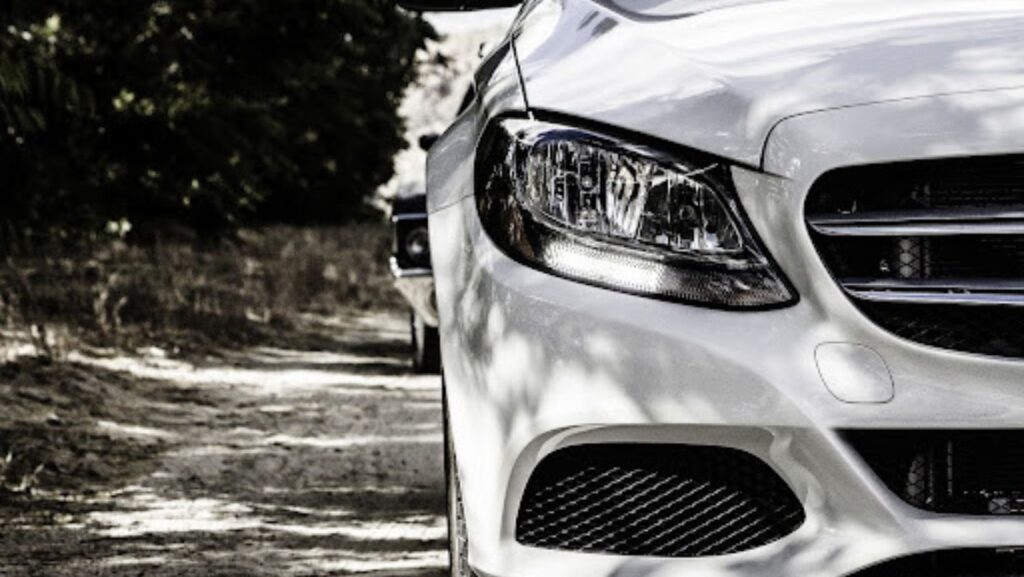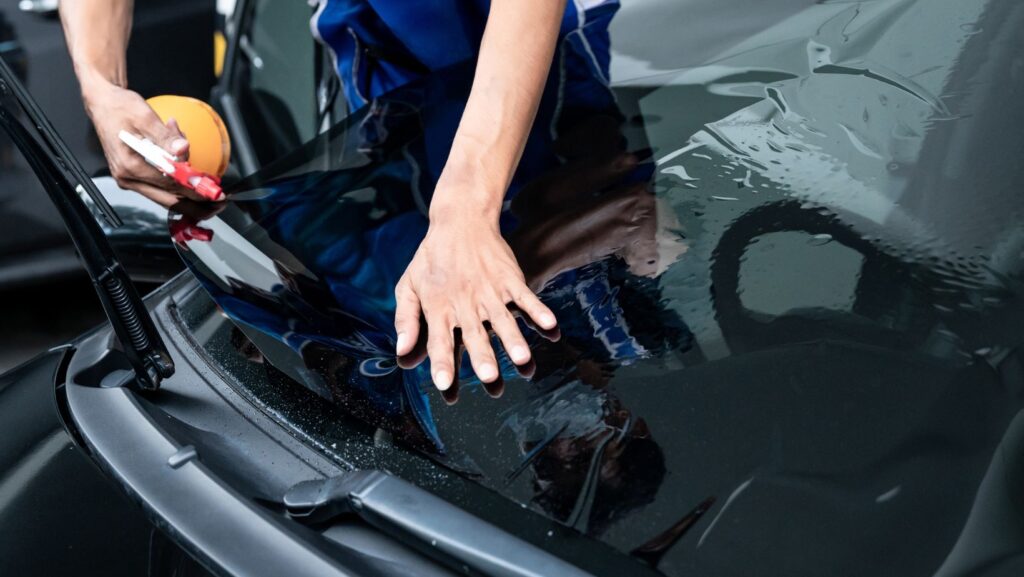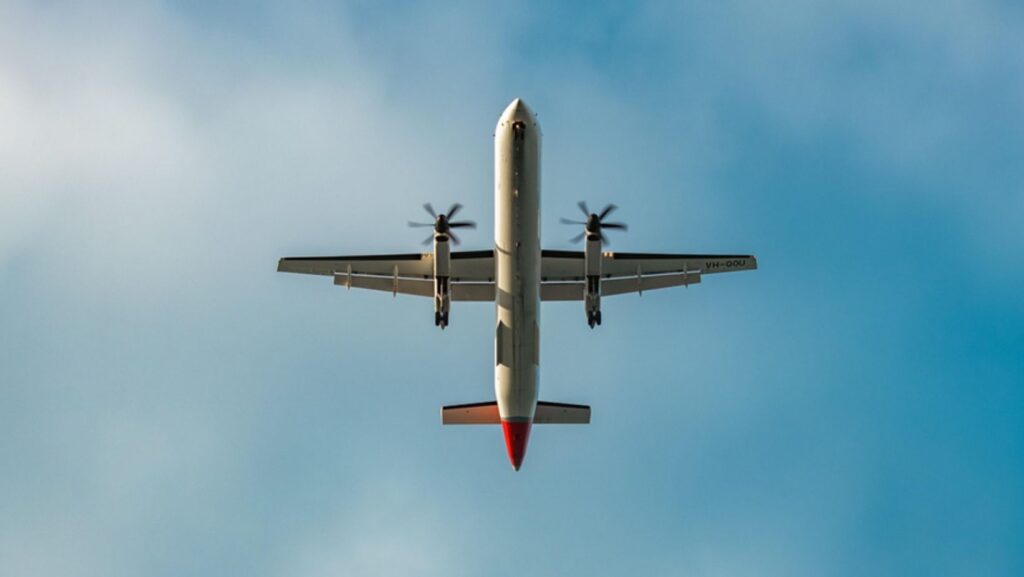
Driving an electric car on a road trip is fun. But charging choices matter. How long you plug in and where you stop affect your battery. Planning well helps you drive farther, save time, and keep your battery healthy. Saving time means you’ll have some free time to play games on Azurslot, and you might get lucky and win big.
The Role of State of Charge
Think of your battery like a runner’s stamina. Running at full pace all the time wears you out. The same goes for a battery. Charge your battery from 20% to 80%. Charging to 100% too quickly can cause it to overheat and wear out faster. Planning routes around this window protects long-term performance.
The Temptation of “Full”
Drivers often feel safer seeing 100% before a long drive. But here’s the twist: charging to full takes much longer past 80%, and the benefit for battery life is small. On road trips, charging to 100% only helps if you need the full range to the next station. Otherwise, start with 80% and plan your next stop.
Fast Charging and Battery Heat
Fast chargers are great for road trips, but they have downsides. They make the battery heat up, and using them a lot on one trip can make it even hotter. While modern EVs have cooling systems, heat is still a factor in wear. To protect your pack, mix in slower charging when possible. Even a 30-minute break at a slower station can ease stress on the battery.
Timing Your Stops
Sometimes it’s not about where, but when. A good rule is to arrive at a station with 10–20% battery left. Arriving near empty makes charging faster, since batteries accept power more quickly when low. This means less time waiting and less energy wasted. Planning stops around this principle keeps your trip smoother and your pack healthier.
Apps and Digital Tools
Tech makes long trips easier. Apps like PlugShare, ABRP, or your car’s GPS show routes, charging spots, and prices. Some apps even calculate battery health impact based on charging style.
Using these tools lets you avoid overcrowded stations, pick the right power level, and save your battery from unnecessary strain.
Terrain and Weather Effects
Hills and weather affect your car’s range. Going uphill uses more energy, and cold weather makes charging slower. Smart planning means looking beyond distance. If you know a mountain pass is ahead, charging higher than usual may be wise. If it’s freezing outside, planning extra time for charging stops keeps you prepared.
The Psychology of Range Anxiety
Many drivers plan stops based on fear rather than logic. Range anxiety is the fear of running out of battery before the next charger. It makes people charge too much or stop too soon. Learning to trust your route plan and battery estimates makes trips easier. It also reduces unnecessary stress on your pack, since you’re not topping off when you don’t need to.
The Sweet Spot for Long Trips
Here’s a simple formula for most EVs: drive until 15–20%, charge up to 70–80%, and repeat. This rhythm keeps you in the healthiest battery zone. Charging is faster up to 60% than the last 20%. Stopping early saves time and keeps your battery healthier.
The Hidden Cost of “Convenience”
It feels convenient to stop at a charger right next to a big rest stop or restaurant, but these stations are often busy. Crowding means waiting, and waiting often tempts people to charge longer than they should. Planning to stop at less crowded stations, even if slightly out of the way, can actually save time and protect the pack.
Night Charging Strategies
If your trip includes an overnight stop, charging overnight at a slower Level 2 charger is a battery-friendly move. It’s gentler on the pack, and you wake up ready to go. This also avoids the morning rush at fast chargers. Building overnight charging into your route helps balance speed with long-term battery health.
Adapting to the Unexpected
Road trips rarely go exactly as planned. Chargers can be broken, busy, or slower than advertised. That’s why having backup stops mapped out is key. Flexibility is part of smart route planning. If a stop looks crowded, move on to the next without pushing your pack into dangerous low levels. Balance planning with adaptability, and your trip stays stress-free.





